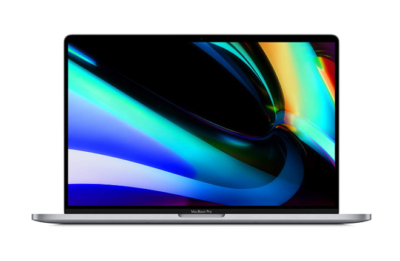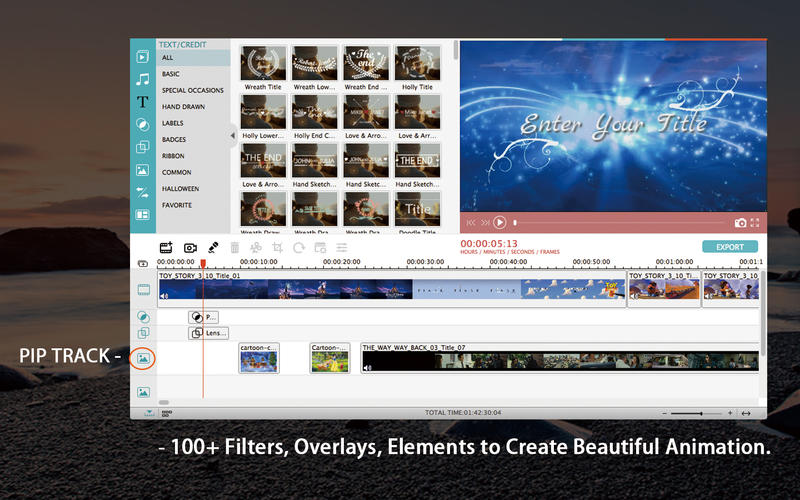

Most photographers will be underwhelmed by the ultra high-resolution screen at first, and the bugginess and port placements will put off some photographers. However, it's not all roses and unicorns. In short, the iMac 5k is the finest photo editing computer ever created, and has won a permanent place at my photo editing station.


Obviously, the main draw to the computer is the insanely high resolution screen, but it takes a lot more than a pretty screen to justify the high price tag of this photo-editing powerhouse. So, yeah, the power will be worth it.Photographers get excited about lenses and cameras, but it's not every day that a computer can get the entire photo industry buzzing like the new iMac 5k has. Higher resolutions are going to keep coming, more and more productions are going to be shot in RAW, and within a year some of us are going to have to do jobs with 18K RAW files. I know folks still running 2013 Mac Pros in their stations (though those 9-year-old machines are definitely showing their age).

On top of that, we usually hope to get at least three to four years out of a machine. 8K is getting pretty common now, and that Blackmagic 12K is still out and about churning out big resolution files you can chop and crop all sorts of ways. All this will be faster, easier, and less painful with this power.īut at the higher end, resolutions keep crunching. Even if you decide to do your next project on an iPhone, that still shoots 4K (ProRes if you want it), and you'll still want to transcode it to something edit-friendly, you'll then want to render it out for delivery. One thing that folks seem to wonder about is-will they need all this power?Ĭonsidering the affordable price point, especially for the M1 Max version, it's a safe bet for most filmmakers that, yes, you will benefit from it. If you are old enough to remember when we used to have to pay $6,500 for a Red Rocket to get real-time transcodes from 4K RED raw files, getting the same speed on 12K for a $2,000 machine is just bonkers. When it came to dailies, we were getting real-time dailies on the 12K files and 2x out of the ARRI RAW, also in real-time. Without much effort on the part of the machine at all, it didn't visibly strain or kick on the fans. We could have seven separate files running all at the same time off of a single SSD.Ī likely issue was a disk speed bottleneck more than processor power. We wanted to see how it handled other formats and software, so we fired up Resolve and piled in 12K Blackmagic RAW files and the (often harder to play) 4K ARRI RAW files. But that's ProRes, which plays well, and Final Cut is incredibly optimized. There is of course the demo Apple made with Final Cut Pro, running 18 streams of ProRes 8K files at once. To put it simply, the Mac Studio, even in the $1,999 configuration we tested, just has foot-stomping amounts of power.


 0 kommentar(er)
0 kommentar(er)
